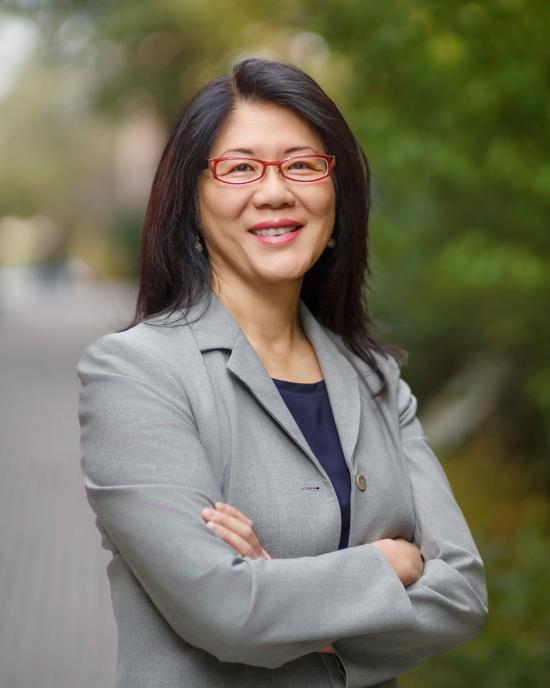Publication
Comparing ARTMAP neural network with the maximum-likelihood classifier for detecting urban change
On This Page
Urbanization has profound effects on the environment at local, regional, and global scales. Effective detection of urban change using remote sensing data will be an essential component of global environmental change research, regional planning, and natural resource management. This paper presents results from an ARTMAP neural network to detect urban change with Landsat TM images from two periods. Classification of urban change, and, in particular, conversion of agriculture to urban, was statistically more accurate with ARTMAP than with a more conventional technique, the Bayesian maximum-likelihood classifier (MLC). The effect of different levels of class aggregation on the performance of change detection was also explored with ARTMAP and MLC. Because ARTMAP explicitly allows "many-to-one" mapping, classification using coarse class resolution and fine class resolution training data generated similar results. Together, these results suggest that ARTMAP can reduce labor and computational costs associated with assembling training data while concurrently generating more accurate urban change-detection results.
